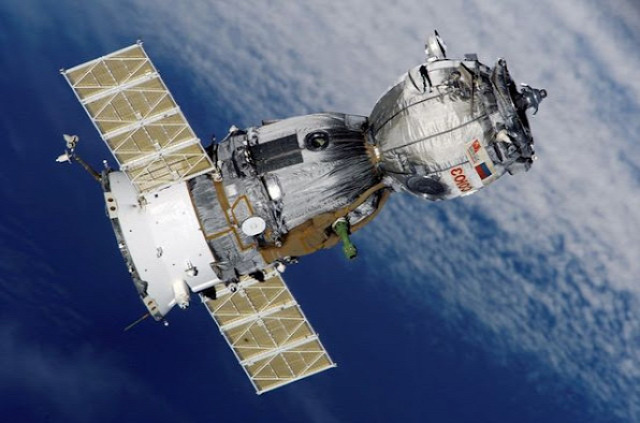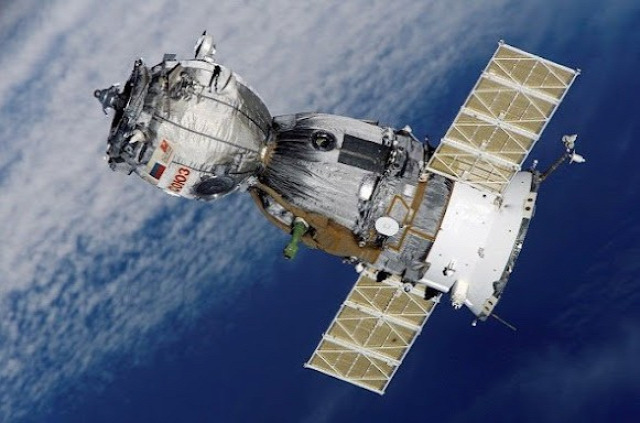
The APAC region has been making significant strides in the aerospace and space sectors, driven by increased government initiatives, private investments, and technological advancements. A critical component fueling this growth is the use of carbon fiber composites. These materials are highly valued in the space industry for their exceptional strength-to-weight ratio, thermal stability, and resistance to environmental degradation. According to BIS Research, the Asia-Pacific Space Carbon Fiber Composite Market is evaluated $91.1 million in 2023 & is projected to expand at a CAGR of 14.44% to reach $351.0 million by 2033 during the forecast 2023-2033.
Understanding Space Carbon Fiber Composites:
Carbon fiber composites are advanced materials composed of carbon fibers embedded in a matrix material, typically epoxy resin. These composites exhibit exceptional strength-to-weight ratios, making them ideal for aerospace applications where minimizing weight is paramount. In the context of space exploration, carbon fiber composites are utilized in a variety of components, including satellite structures, launch vehicles, and spacecraft interiors.
The space carbon fiber composite market in the APAC region is on the brink of significant expansion, driven by various pivotal factors. A major catalyst is the increasing need for lightweight small satellites, especially for communication and Earth observation endeavors throughout the area. Moreover, the burgeoning commercial space industry in APAC, alongside the rise of reusable launch vehicles, adds momentum to the market's upward trajectory.
APAC Space Carbon Fiber Composite Market Dynamics:
Several factors are fueling the growth of the APAC space carbon fiber composite market:
-
Rapid Expansion of Space Programs: Countries across the APAC region, including China, India, Japan, and South Korea, are actively expanding their space programs, encompassing satellite launches, lunar exploration missions, and even plans for crewed space missions. This surge in space exploration activities is driving the demand for lightweight yet durable materials such as carbon fiber composites.
-
Focus on Indigenous Manufacturing: APAC countries are increasingly focusing on developing indigenous capabilities for manufacturing space-related components and materials. Carbon fiber composites represent a strategic area of investment, with governments and aerospace organizations supporting research and development initiatives to enhance domestic manufacturing capabilities.
-
Growing Commercial Space Sector: The burgeoning commercial space sector in APAC, characterized by the emergence of private space companies and startups, presents new opportunities for carbon fiber composite manufacturers. These companies are leveraging innovative technologies and business models to drive down the cost of space access, thereby increasing the demand for affordable yet high-performance materials.
-
Technological Advancements: Ongoing advancements in carbon fiber manufacturing processes, such as improved resin systems and automated lay-up techniques, are enhancing the performance and cost-effectiveness of space carbon fiber composites. Additionally, research efforts focused on developing next-generation carbon fibers with enhanced properties further contribute to market growth.
Request A Free Detailed Sample on APAC Space Carbon Fiber Composite Market!
APAC Space Carbon Fiber Composite Market by Application
- Satellites
- Launch Vehicles
- Deep Space Exploration
APAC Space Carbon Fiber Composite Market Future Outlook:
The outlook for the APAC space carbon fiber composite market is promising, driven by the region's growing prominence in space exploration, increasing investment in indigenous aerospace capabilities, and technological advancements in carbon fiber manufacturing. Key trends that are expected to shape the market's trajectory include:
-
Expansion of Satellite Constellations: The deployment of satellite constellations for communication, Earth observation, and remote sensing applications is expected to drive demand for lightweight yet durable carbon fiber composites for satellite structures.
-
Collaborative R&D Initiatives: Collaboration between government agencies, research institutions, and private sector entities is likely to accelerate the development of advanced carbon fiber materials tailored for space applications, fostering innovation and competitiveness in the market.
-
Emergence of Next-Generation Spacecraft: The development of next-generation spacecraft, including reusable launch vehicles and crewed spacecraft, presents new opportunities for carbon fiber composite manufacturers to supply lightweight and high-strength materials for structural components.
-
Focus on Sustainability: With an increasing emphasis on environmental sustainability, there is growing interest in developing eco-friendly carbon fiber manufacturing processes and recyclable composite materials for space applications, aligning with global efforts to reduce carbon emissions and minimize waste.
Get Detailed Insights on Spacetech Makket Research Reports
Conclusion:
The APAC space carbon fiber composite market represents a dynamic and rapidly evolving segment within the aerospace industry. With its lightweight, high-performance properties, carbon fiber composites are poised to play a crucial role in enabling future space exploration endeavors, driving innovation and technological advancement across the region.





